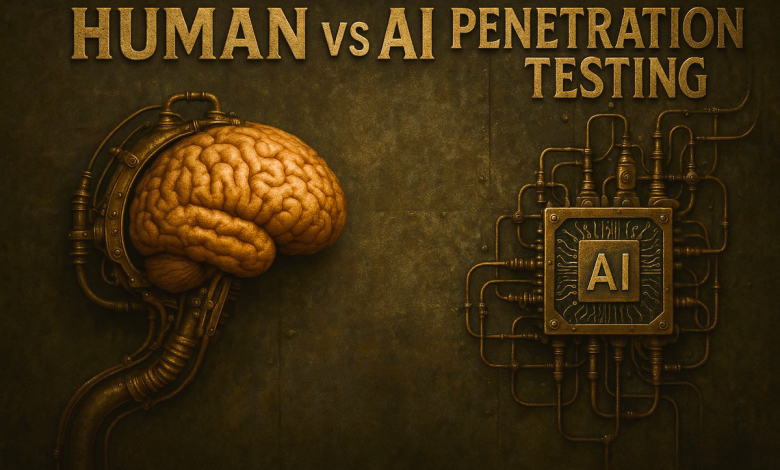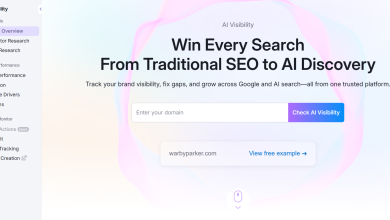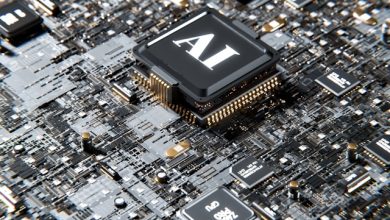
The intended purpose of IT-focused penetration testing is to determine whether a network’s security is sufficiently robust to protect the confidentiality, integrity, and availability of its data. To be meaningful, testing must accurately emulate the capabilities of the threat actors being defended against. Anything less is unrealistic and akin to testing body armor with a squirt gun.
The introduction of the Payment Card Industry Data Security Standard (PCI-DSS) in 2004 shifted demand away from genuine, security-focused penetration testing and toward compliance-driven services. While well-intentioned, PCI-DSS and the rest don’t define what a penetration test actually is in a meaningful way. They simply mandate that “testing” be done. This ambiguity gave rise to an industry built on checkboxes instead of real risk discovery.
Today, most penetration testing vendors are compliance factories, not security firms. Compliance-focused penetration tests are little more than manually vetted automated scans dressed up to look like real testing. Vendors market them with the same language as genuine penetration testing firms, which confuses buyers. Their pricing is lower not because they are efficient, but because automation is cheap and replaces expert labor.
What they sell isn’t skilled testing against real adversaries. It’s tool output disguised as expertise. That creates a dangerous and false sense of security.
Target’s 2013 breach is a clear example. In September that year, Target was certified PCI compliant. In December, they disclosed a massive breach. The compliance “test” said they were secure. Obviously, they weren’t.
The New Compliance Test: AI Penetration Testing Companies
Today, a new wave of AI penetration testing companies is repeating the same trick. They position their services as faster, cheaper, and more scalable. They claim parity with human testers. The truth is they are not penetration testers. They are the next evolution of automated vulnerability scanning.
Buyers are misled into believing AI-powered testing is equivalent to human-led penetration testing. It isn’t. None of today’s AI solutions operate like human testers, and the gap between promises and technical reality is enormous.
The Orchestration Illusion: What the AI Is Really Doing
AI penetration testing does not replace human expertise because it can’t. Instead, AI acts as an orchestrator. It runs known tools, follows scripted workflows, and chains together pre-programmed attacks.
Think of it like an army of interns. Each one runs a tool and reports back. Another “intern” reviews the results and decides what tool to run next. This continues until no new paths are found, then the test ends.
AI can run endlessly, execute repeatable logic, and scale better than humans. What it cannot do is think. It lacks creativity, intuition, and the ability to spot patterns outside of its training. AI cannot improvise. AI cannot imagine.
AI Penetration Testing vs Vulnerability Scanning
Many buyers confuse the capabilities of AI penetration testing and vulnerability scanning. They both find vulnerabilities in very different ways and both fall short of genuine adversarial testing.
-
Vulnerability Scanners: Run checks for tens of thousands of known vulnerabilities, producing broad coverage of missing patches and misconfigurations.
-
AI Penetration Testing: Automates multi-step attack sequences, validates results through scripted exploitation, and reduces false positives.
-
Human Testers: Chain vulnerabilities in ways no automated system can, discover novel methods of attack and novel vulnerabilities, adapt to context, and exploit business logic flaws that no database or workflow can predict.
Scanners may detect more individual vulnerabilities than AI. AI may uncover certain patterns scanners miss. Both are useful, but neither is a substitute for human-led penetration testing.
AI PTaaS: Automation, Not Adversaries
The right way to view AI penetration testing is as an evolution of vulnerability scanning. It can run penetration testing tools, analyze the output, and decide next steps. What it cannot do is invent new attack chains or adapt outside of its training.
Take SQL injection as an example. An AI tool may identify it, extract data, and escalate privileges. A human tester may chain it with a file upload bypass, modify the database records, and install a backdoor that survives reboots. The human attack is imaginative. The AI attack is predictable.
The Right Way to Use AI
The solution is not to reject AI. It is to use it honestly. AI excels at automation, consistency, and scale. Humans excel at creativity, strategy, and problem-solving.
The most effective approach is hybrid. Use AI to handle the repetitive baseline work. Use humans to emulate real attackers. That model reflects what adversaries already do, because real-world attackers use both automation and human ingenuity to break in.
Security leaders must stop treating penetration testing as a compliance checkbox. The purpose has always been to emulate real threats. As long as attackers are human, our defenses must also be human-driven.
The return on investment is undeniable. With the average breach costing $4.8 million in 2024, even a $40,000 penetration test pays for itself many times over. That’s a 12,000% ROI. Penetration testing is not a sunk cost. It is one of the highest-yielding investments a business can make.
FAQ
1. Can AI penetration testing replace human testers?
No. AI cannot think, adapt, or imagine. It is useful as an orchestrator of simple tasks, but cannot compete with real threat actors.
2. How does AI penetration testing differ from vulnerability scanning?
Scanners detect thousands of known flaws at scale. AI Penetration Testing detects and exploits vulnerabilities and automates exploit chaining. Both are limited. Neither replicates human adversaries.
3. What is the right approach to penetration testing in 2025?
Adopt a hybrid strategy. Use automation for maintenance to ensure no low-hanging-fruit are left unchecked. Use human expertise for real protective coverage and adversary emulation.




